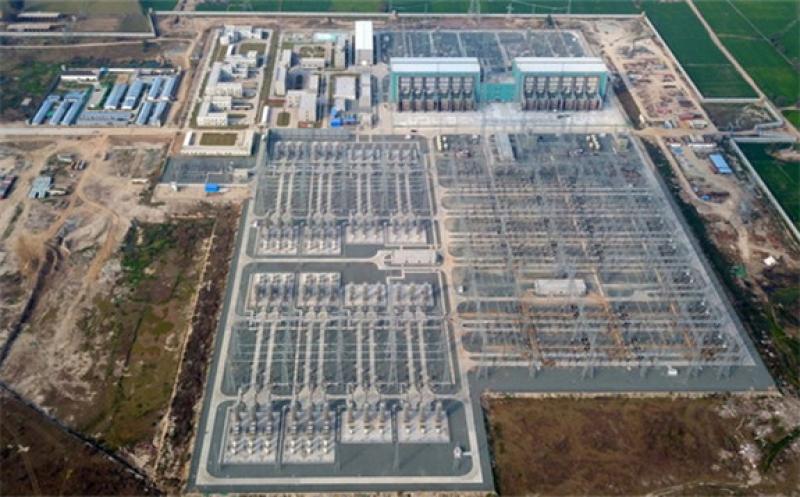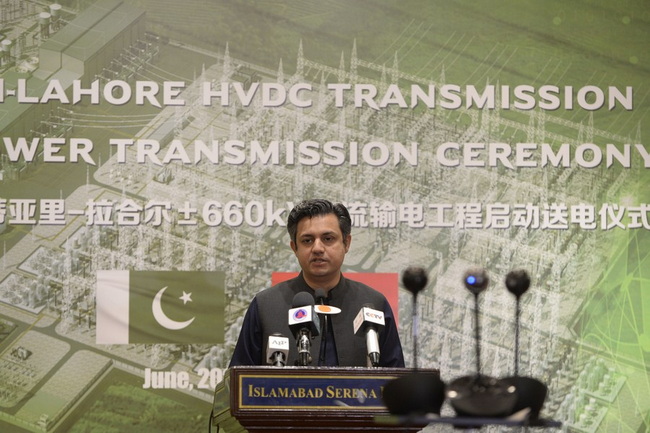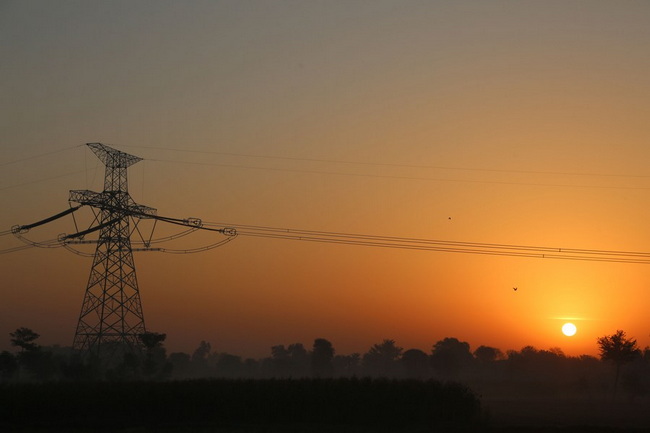"CPEC is of utmost importance for Pakistan. It will enable the country to enhance industrial production, upgrade energy and communication infrastructure and improve connectivity within the region," Pakistani Energy Minister Hammad Azhar said.

Pakistan's Energy Minister Hammad Azhar said on Friday that the ±660kV Matiari-Lahore high-voltage direct current (HVDC) transmission project under the China-Pakistan Economic Corridor (CPEC) will bring stability to the power system of the country.
Addressing the transmission ceremony of the project held simultaneously in Islamabad and China's Beijing through video link, Azhar said the project will enhance the transmission capability in Pakistan and bring relief to consumers.

The project has brought new technology to Pakistan and will evacuate power from power plants located in Sindh to northern load centers to meet their energy needs, the minister added.
"CPEC is of utmost importance for Pakistan. It will enable the country to enhance industrial production, upgrade energy and communication infrastructure and improve connectivity within the region," he said.
Speaking at the ceremony in Beijing, Zhang Jianhua, head of China's National Energy Administration, said the Matiari-Lahore transmission line is the first large-scale transmission project of the CPEC, which will become the backbone transmission channel of the new structure of the Pakistani power grid after being put into commercial operation, providing a solid assurance for power transmission in the south and power supply in the north of Pakistan.

Speaking at the event in Islamabad, Chinese Ambassador to Pakistan Nong Rong said the CPEC has entered a new phase of high-quality development focusing on industrial, agricultural and socio-economic cooperation. He said the Matiari-Lahore project will contribute to the stable power supply in Pakistan and promote the industrialization of the country.
The construction of the Matiari-Lahore transmission project started in December 2018, and around 7,000 jobs had been created for the locals during the construction period. The project is expected to be put into commercial operation later this year and can transmit electricity of over 30 billion kilowatt-hours annually.